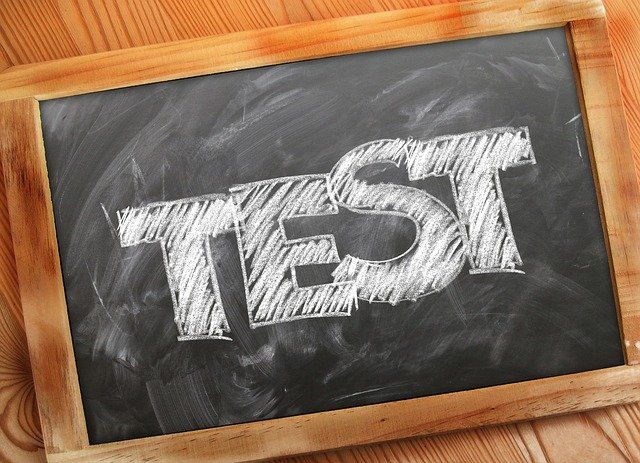“Learners need endless feedback more than they need endless teaching.”
One cannot improve unless and until they understand the areas that they need to improve at. Some students might be great with equations while certain others would ace languages and literature! Each student is different and while tests and feedback are important, continuous tests can create anxiety and affect students' academic performance. There are different types of assessments that teachers can make use of to make the experience less taxing.
Making assessments is a pivotal part of the teaching-learning process. These assessments give help teachers understand the progress of students and this in turn can be used to alter the teaching strategies and learning methods used in the classroom.
Types of Assessment
Without further ado, let’s take a look at the different types of assessments and how teachers can implement this in the classroom:
1.Diagnostic Assessment
This is an extremely useful type of assessment, where the teacher assesses their students before giving them instructions or conducting the classes. This pre-assessment will help the teacher understand how much their students know. For example, if you are teaching grammar, you can start by asking the students to state just one grammar rule and to cite an example of the same. This way, you will be able to analyze where the students stand in terms of the knowledge they have regarding that particular concept. Based on this, the teacher can then chart out a proper plan of action. If you were to water a desert plant daily, it would just degrade by the day. You must understand the plant and what kind of nutrients it needs to cater to them properly. Similarly, understanding your students by handing them a short quiz or assessment sheet before and after the classes, will help you get a clear idea of how much they knew before you began the class and how much they learned.
2.Formative Assessment
Formative assessment is not one type of assessment rather a collection of assessments or evaluation methods that the teachers use to evaluate their students’ level of understanding while the learning is happening. In simple words, formative assessment is ‘for learning’, i.e., formative assessment happens throughout the course like asking the students to create a quick road map of what they have learned, a quick pop quiz while the lessons are happening, a sum up at the end of the session by students and likewise.
3.Summative Assessment
Summative assessments are conducted at the end of a specific instruction period. Tests, quizzes or assignments, and projects are given out to students to understand their skill acquisition, their progress, and likewise. The results of this type of assessment are either recorded as scores or grades. This would then go to the report card or progress card. Summative assessments decide whether a student is eligible to move forward to the next level or not.
4.Ipsative Assessment
Ipsative assessment is one where a student is assessed over time. Their previous assignments, tests, quizzes are compared. The progress is assessed. When students are given a comparative assessment, they will be able to analyze their growth and if their performance has dropped, they can be mindful of the same and work accordingly. This is helpful for teachers as well. Teachers can assess their methodologies and understand what works and what doesn’t.
5.Norm-Referenced Assessment
The main aim of this type of assessment is to compare one student’s performance with that of another/ a group of students who are of the same age and ability. An average score or norm is inferred and based on this, all the students are analyzed. Teachers can then understand the performance of each student and whether they would need extra support or not. Having said that, this assessment might not be effective because the capabilities of each student are different and while it may help to gather a general idea about the performance of students, you cannot draw a judgment based on this inference. Students must be treated equally, regardless of their academic performance. They must not be made to feel small or worthless if their performance during their assessment is not up to the norm.
6.Criterion-Referenced Assessment
As the name suggests, in this type of assessment, certain criteria are put in place, and based on that, the students are assessed. This set of predetermined criteria can range from statements on what the students are supposed to know to what is expected out of their answers to how they should approach a question or assessment. For example, if you are to win a game, there are certain levels that you have to pass, rules that you have to follow, and likewise. Similarly, in this type of assessment, the students would be analyzed based on a pre-defined set of rules.
As mentioned above, the types of assessment tests must not make any student feel out of place or as though they are not good enough. Assessments and evaluations are put in place to make people understand how they can do better and what changes they can bring in to perform in a better fashion. Students can try different learning strategies to make a better come back and there’s always room for improvement and time for development. Teachers must ensure to take this message across.
We will be back with yet another informative blog until then, stay tuned!






